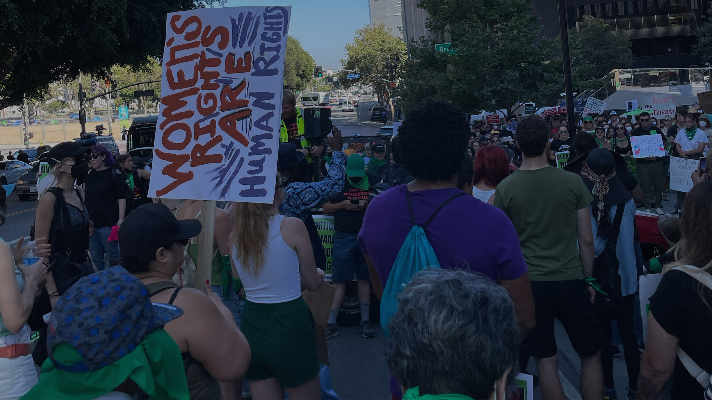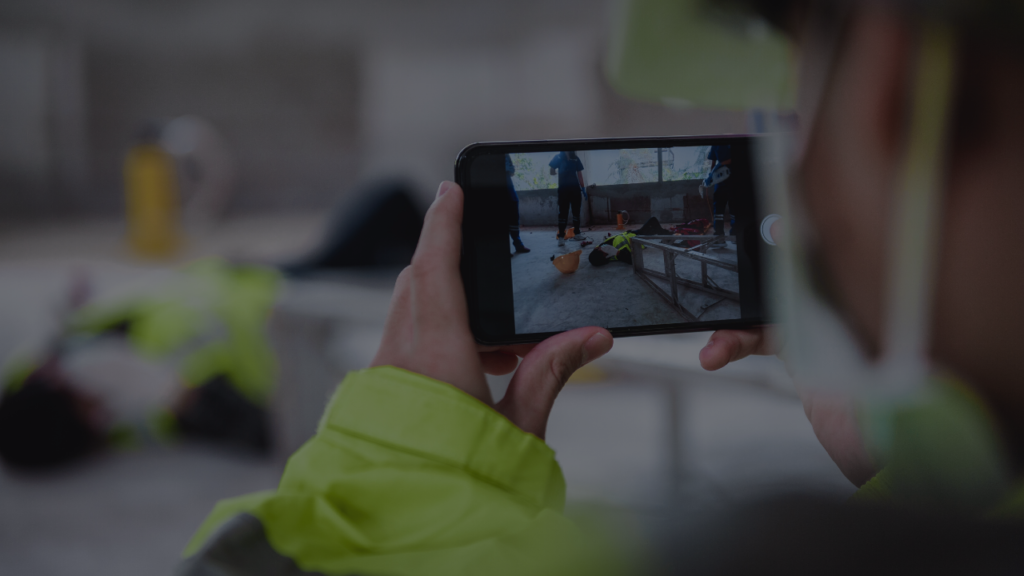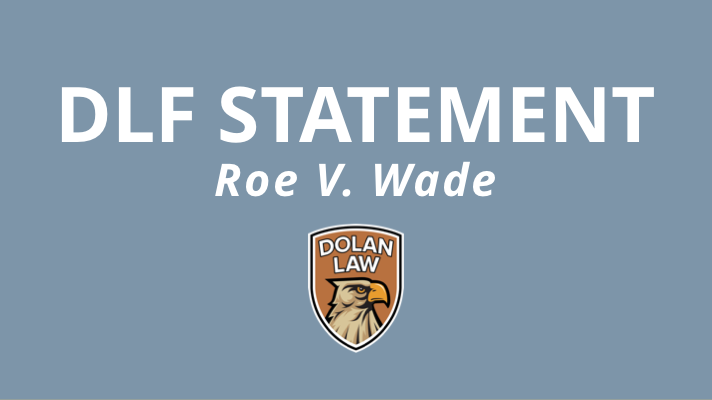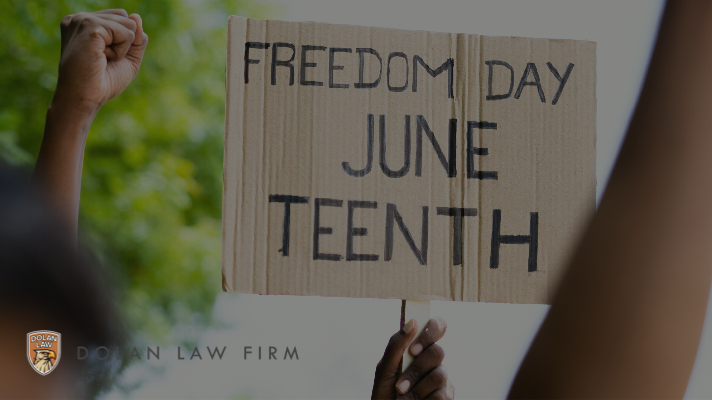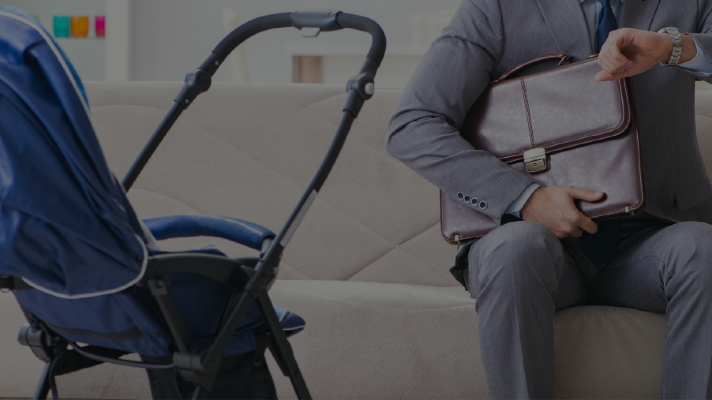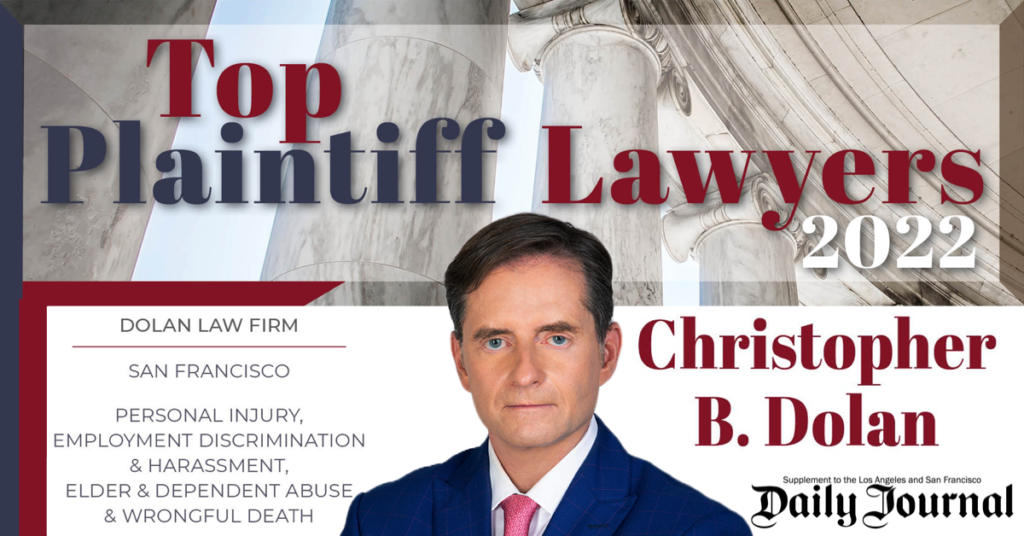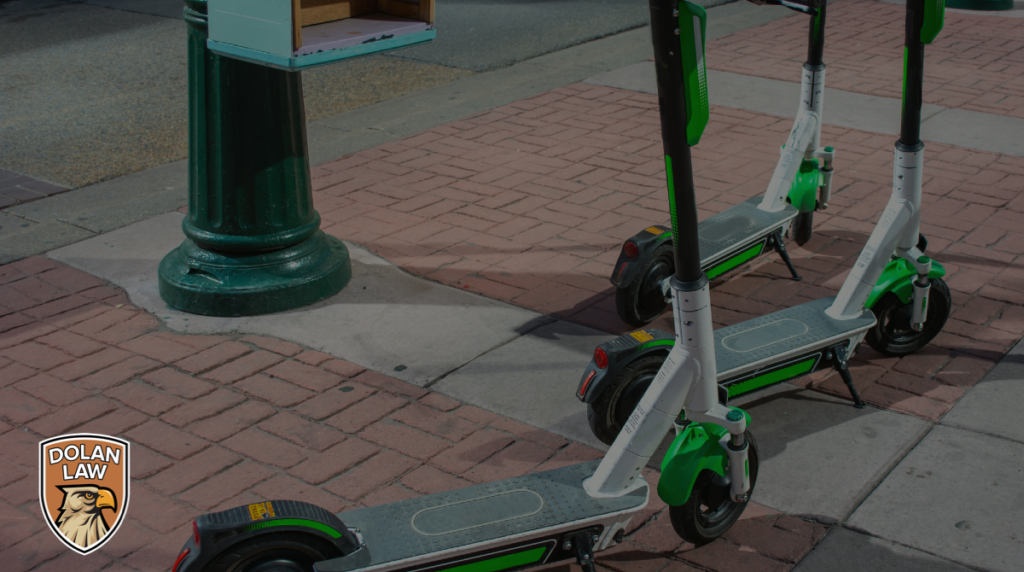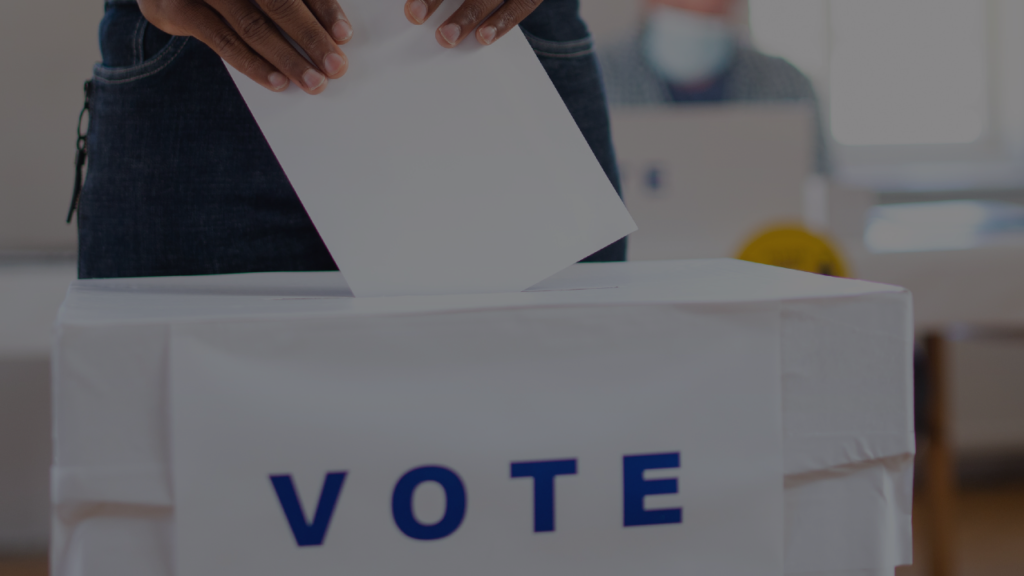1ST Amendment Right To Peacefully Protest
There are many protests happening after the U.S. Supreme Court ruling to overturn Roe v. Wade. If you are attending a rally or protest, here is what you need to know about your First Amendment right to peacefully protest: The right to protest is fundamental to our democracy and sacrosanct. The Founding Fathers thought that …

